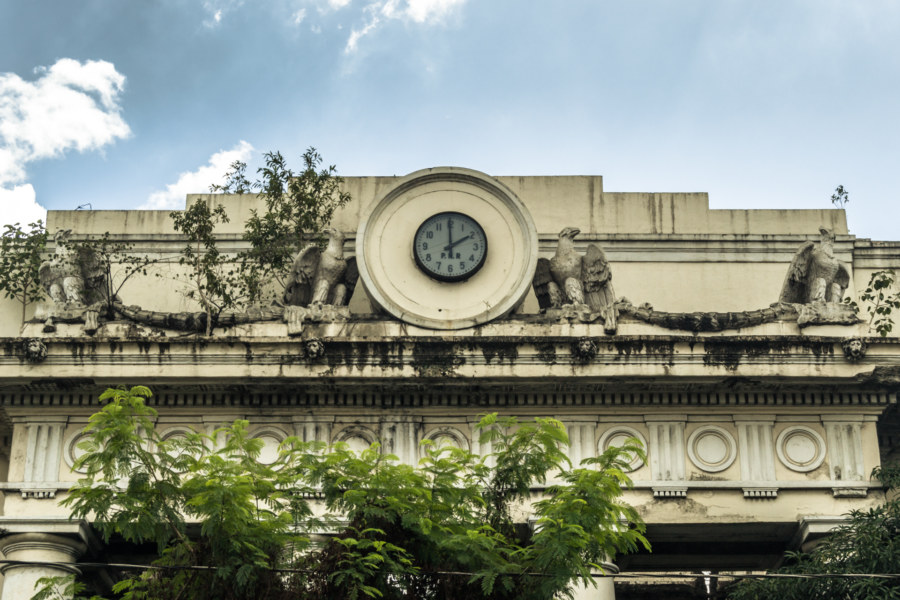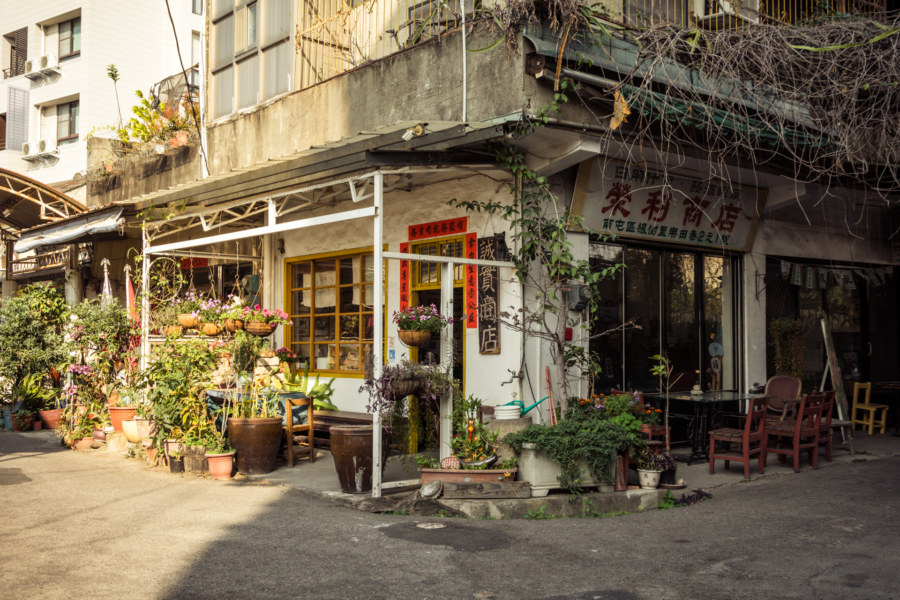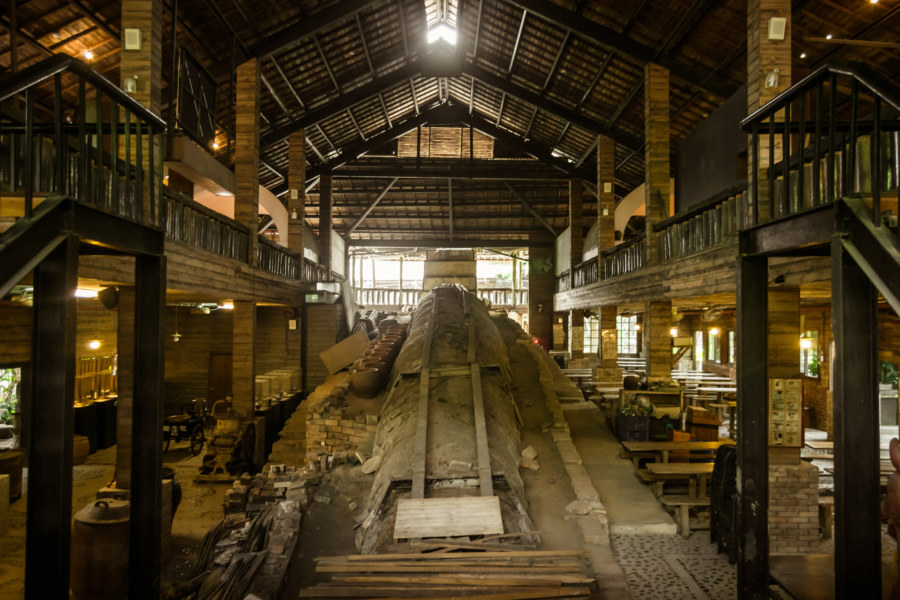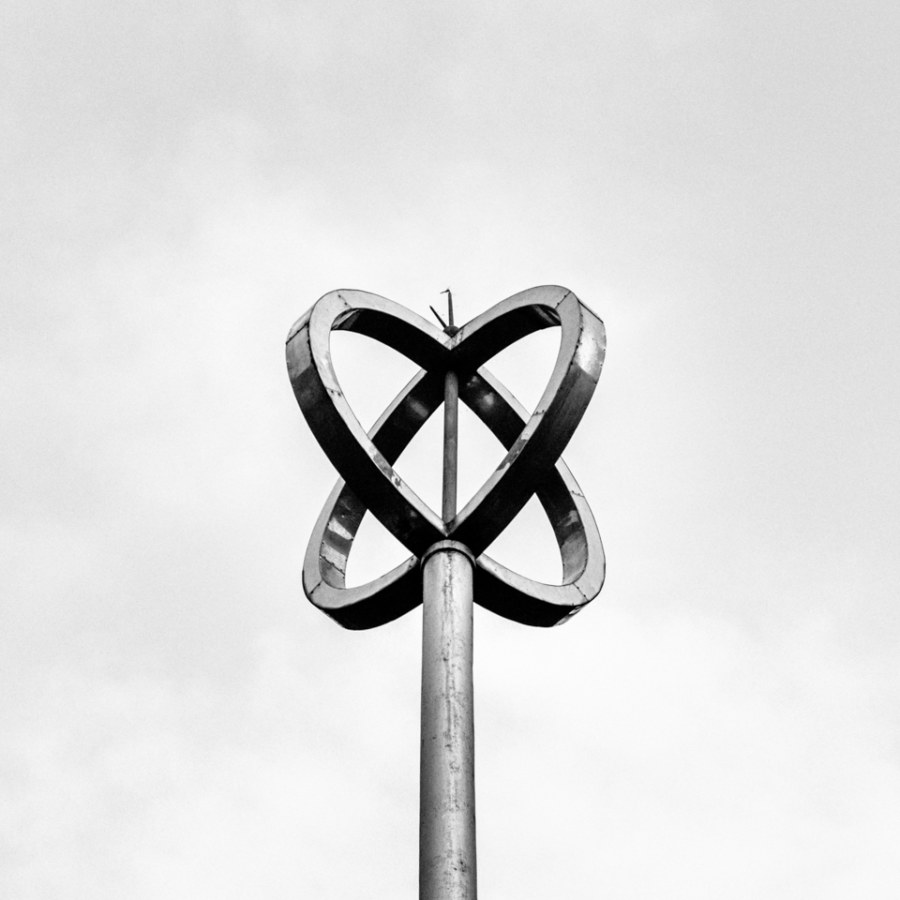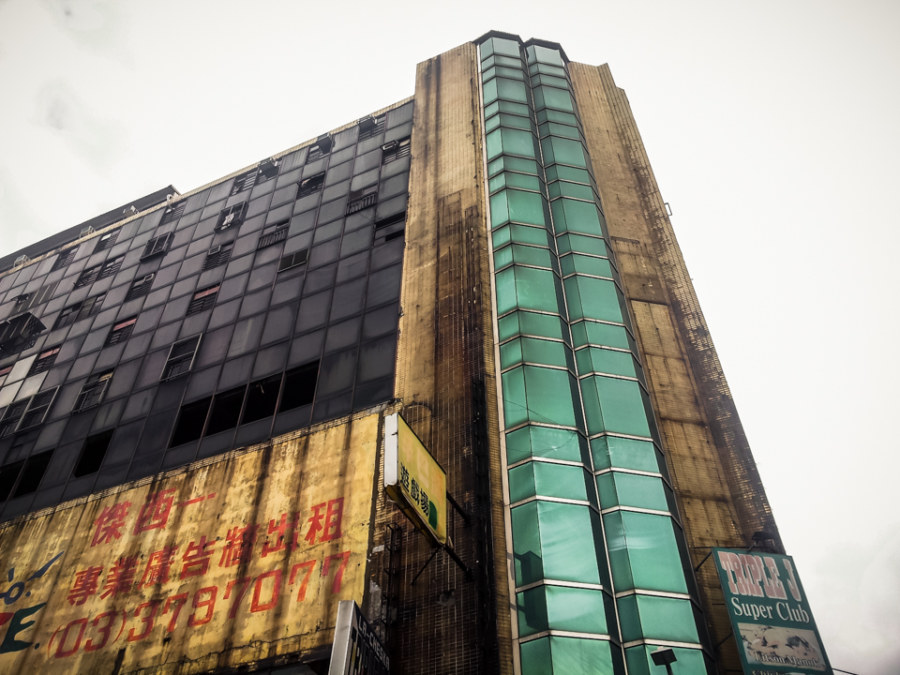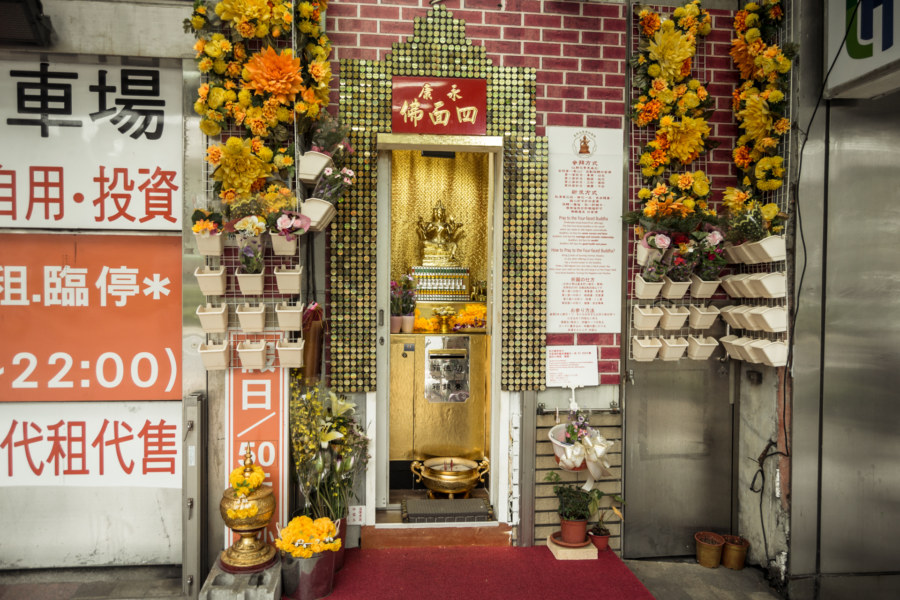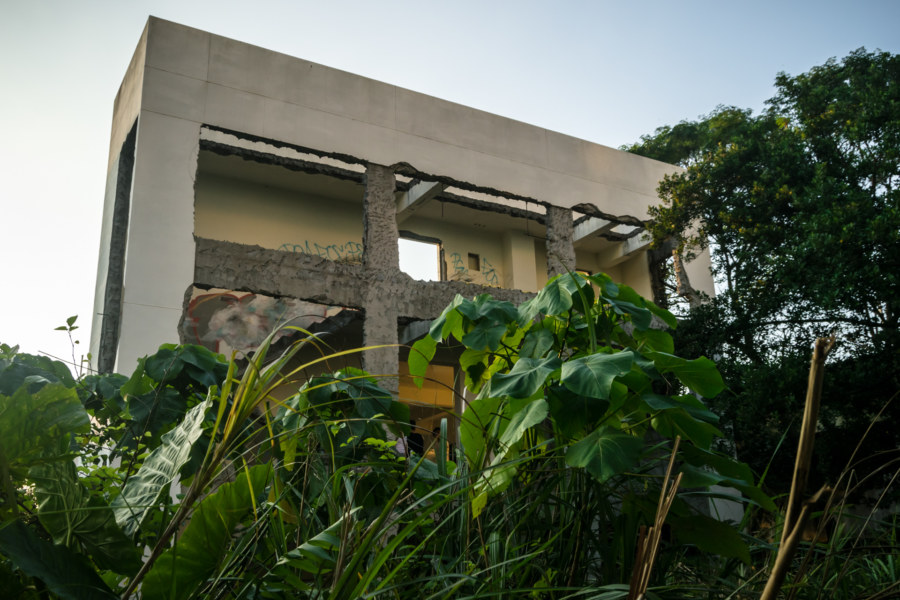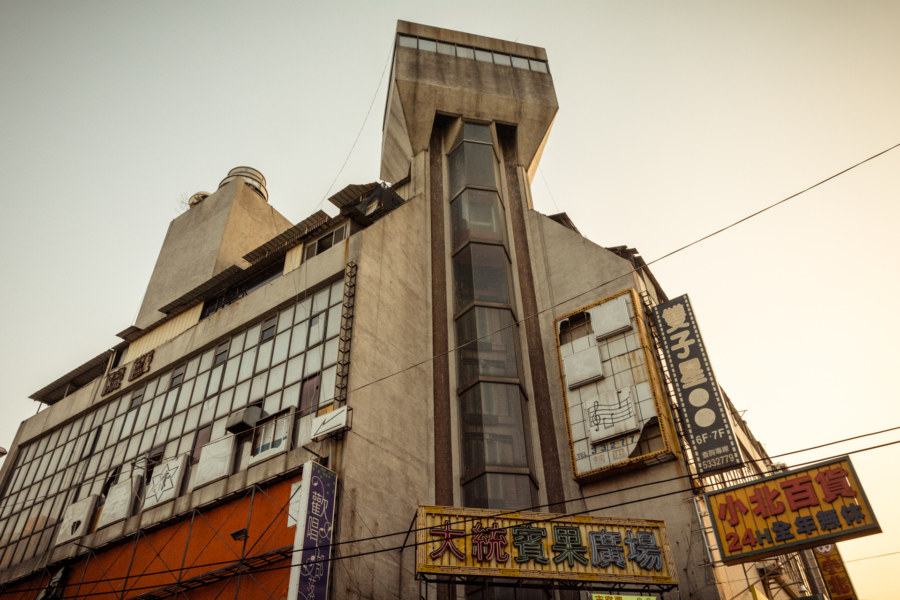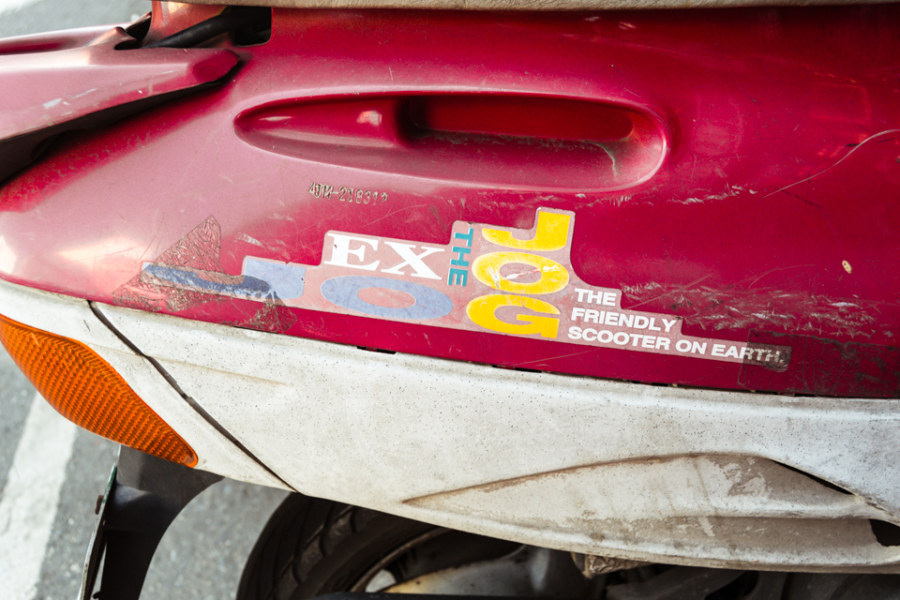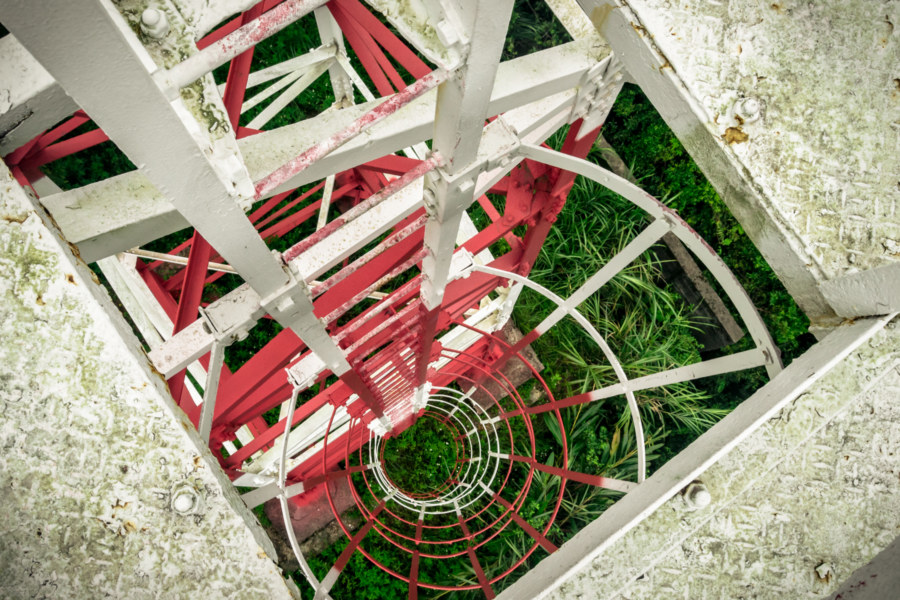Paco Railway Station was built in Paco, Manila, in 1915 during the American colonial period. Designed by William E. Parsons, an American architect mainly known for his work in the Philippines, it remained in service until the mid-1990s when it was partly demolished by a developer intent on building a mall next door. The ruins of that project, never completed, can still be found next to the old station, spreading decay like a cancer through this part of the city.
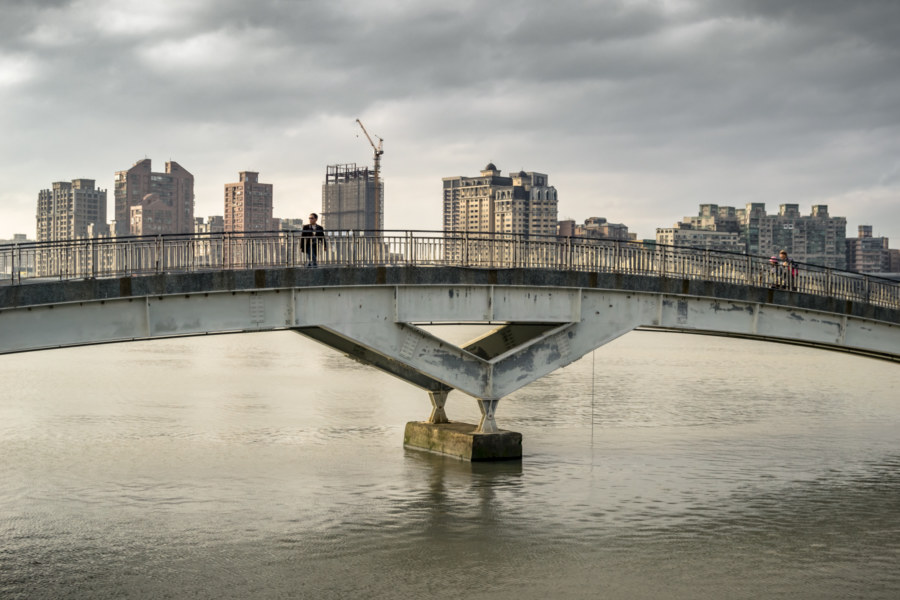
Exploring the urban condition: the buildings that tower over all, the rhythm of the streets, and the fleeting moments of humanity in the midst of the concrete jungle. See also: urbex.
Subterms
Adjacent Terms
Maple Community Honest Shop 楓樹社區誠實商店
Taichung is home to an unusual social experiment: the Honest Store 誠實商店 in the Fēngshù Community 楓樹社區 (literally “Maple Community”) of Nantun, Taiwan. According to roundTAIWANround (through which I discovered the place) it was once a general store of the traditional variety that you’ll still find scattered around the countryside and in older neighbourhoods. Such shops have been fading into history for years, unable to compete with the modern chains that have become symbols of Taiwan’s culture of convenience. The shop would have shut down had the owner not experimented with a new model: locally-sourced goods, financial transparency, and no paid staff, relying on the honesty of its patrons to stay in business.
Shuili Snake Kiln 水里蛇窯
The Shuili Snake Kiln 水里蛇窯 is a wood-fired pottery kiln on the outskirts of Shuili, Nantou. The name is derived from the kiln’s serpentine shape, though to my eyes it looks more like a slug than a snake. Founded in 1927 by master potter Lín Jiāngsōng 林江松, it remained a family business for generations before being opened to the public as a “ceramics park” in 1993.
The Geographic Center of Taiwan 台灣地理中心
The Geographic Center of Taiwan (台灣地理中心) is a modest roadside attraction at Hǔtóushān (虎頭山, literally “Tiger Head Mountain”) in Puli, Nantou, on the way to bigger attractions like Qingjing Farm (清境農場). As the name implies, it marks the geographic center of the island of Taiwan, albeit with a bit of a twist: there are actually two monuments here, one at the base of the mountain and another near the peak at 555 meters above sea level. It’s about a ten minute hike to get to the real center of Taiwan!
First Dispatch From Zhongli
Last week I moved from Taipei to Zhongli, a mid-sized city of approximately half a million1 about 45 minutes down the Western Line 西部幹線 in the heart of Taoyuan. I have been all around the island but haven’t explored much of what you might call the “middle north”, the strongly Hakka-influenced area stretching from the rugged borders of New Taipei south to Taichung that includes Taoyuan, Hsinchu, and Miaoli. Perhaps by staying here awhile I will find opportunities to explore more of this part of Taiwan and fill in some blank spots on my personal map.
The Four-Faced Buddha of Yongkang Street 永康街四面佛
The Four-Faced Buddha of Yongkang Street 永康街四面佛 is one of the smallest shrines I have ever seen in Taiwan. It occupies a tiny alcove next to an underground parking garage on Xinyi Road 信義路 east of Dongmen Station 東門站 exit 5 and the original Din Tai Fung 鼎泰豊. This alcove might have been a parking attendants’ booth prior to automating the entire system, although this is not explicitly stated in the material I have reviewed. From what I gather this shrine is the work of a local papaya milk vendor by the name of Mr. Lin. Despite its diminutive size—half a square meter according to some reports—the cost of rent is in excess of 10,000 NT per month!
Hongshulin Whiteloft 紅樹林白厝
Yesterday I seized an opportunity to combine two of my passions, the exploration of abandoned places and appreciation of underground electronic music, at a one-off techno party titled The Whiteloft (白厝). From the event description:
The Whiteloft was originally an abandoned villa where only wild dogs go to sleep. Buried deep in silver grass, just alongside the Golden Waterfront of Hongshulin, Taipei, the building hovers the Interzone between metropolis and mangrove jungle. Humdrum pedestrians seem oblivious of this colossal fortress: its skeleton rusted and exposed, leftover building materials strewn astray. Despite its shroud of mangrove leaves, the building appears raw and naked. We tried to find historical records about this building, but found nothing but total blankness, hence the name The Whiteloft.
Douliumen Building 斗六門大樓
While living down in Changhua City last winter I made occasional forays up and down the TRA Western Line 西部幹線 to scope out places not commonly written about in English. One such place is Douliu, the administrative seat of Yunlin, which hardly earns more than a passing mention in the English language blogosphere. It was a worthwhile trip too—apart from the famous Tàipíng Old Street 太平老街 and the surprisingly large and lively Douliu Night Market 斗六夜市 I also chanced upon another abandoned entertainment complex, the Dòuliùmén Building 斗六門大樓, named after an archaic term for the city dating back to the 17th century. This building was also once home to the Shuāngzǐxīng or Gemini Theater 雙子星戲院.
Taiwanese Scooter Stickers 1
Taiwan is absolutely mad for scooters, a consequence of high population density, tightly cramped streets, and the expense and inconvenience of driving a car. Everywhere you go you’ll find streets lined with parked scooters and filled with scooterists going about their business. In can all seem like absolute chaos to outsiders—but there is a method to the madness, and the convenience factor regularly seduces skeptics, particularly when living outside of Taipei or beyond the reach of public transportation.
Asia Cement Aerial Tramway 亞泥空中纜車
Yesterday I went out with a friend to explore several abandoned and neglected sites in Hsinchu, Taiwan. Our first stop was one of many mothballed cable car 空中纜車 towers in Guanxi connecting a stone quarry near Yùshān Village 玉山里 (formerly known as Chìkēshān 赤柯山) with a cement plant next to Jiǔzàntóu Station 九讚頭車站 in Hengshan. There seems to be no general agreement about the formal name for the system so I’m picking one of many options and dubbing this the Asia Cement Aerial Tramway 亞泥空中纜車 for the sake of simplicity.
